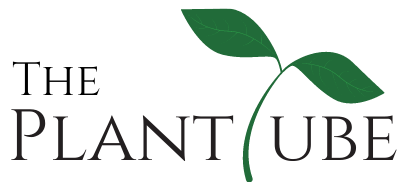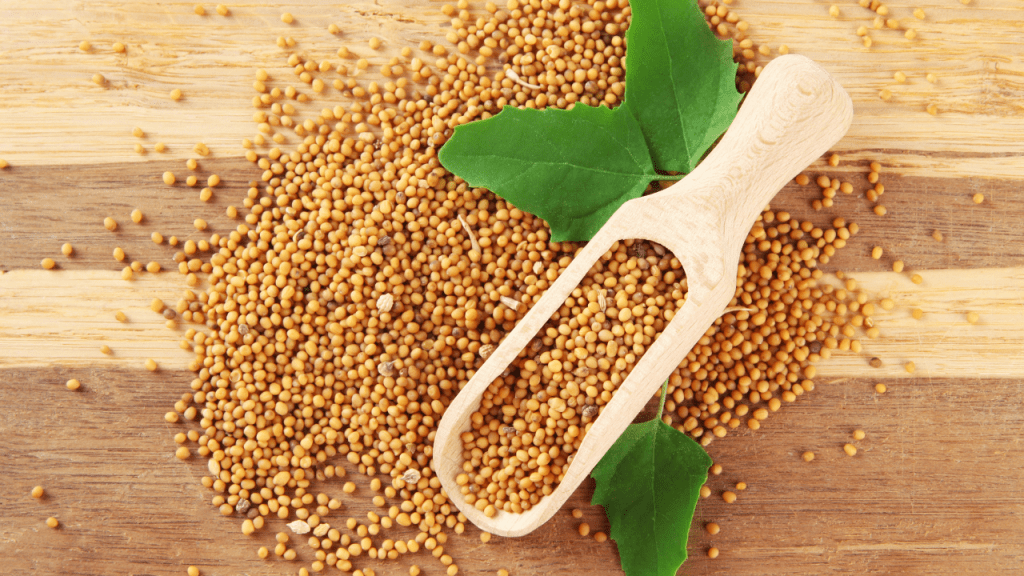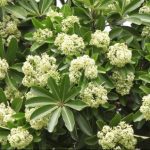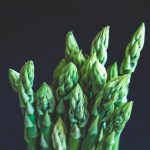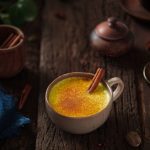When it comes to finding natural remedies for pain and discomfort, sometimes the answer lies in ancient traditions and simple ingredients.
Mustard seed poultices, commonly referred to as plasters, have been used for centuries to alleviate various aches and muscle spasms.
In this blog post, we will explore the benefits of mustard seed poultices and how they can help provide relief from pain and discomfort.
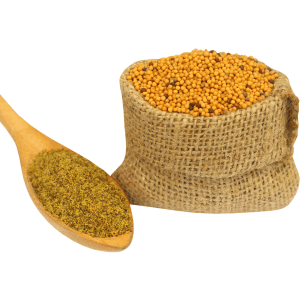
The Power of Mustard Seed Poultices
Mustard seed poultices have long been valued in alternative medicine for their ability to provide natural pain relief. Used for centuries in traditional healing practices, these poultices are known for their warming and stimulating effects, which can help alleviate discomfort in muscles, joints, and even respiratory conditions.
The secret behind the effectiveness of mustard seed poultices lies in their rubefacient properties. When applied to the skin, mustard seeds promote increased blood circulation, generating a warming sensation that soothes soreness and stiffness.
This natural heat not only relaxes tense muscles but may also help reduce inflammation, making it a popular remedy for those suffering from arthritis, back pain, and other chronic aches.
Additionally, mustard seed poultices are often used in home remedies to ease congestion and respiratory discomfort. The gentle heat can help open airways and promote better breathing, making it an excellent choice for individuals dealing with colds, coughs, or chest tightness.
With their versatility and effectiveness, mustard seed poultices serve as a natural, time-tested solution for managing pain and discomfort without relying on synthetic medications. Whether used for muscle relief or respiratory support, this simple yet powerful remedy is a must-have for anyone looking to incorporate holistic healing into their wellness routine.
Preventing Painful Blisters
While mustard seed poultices offer numerous benefits, it’s important to use them with care. Mustard plaster has warming properties, but it can also cause painful blisters if applied directly to bare skin. To avoid this discomfort, it is essential to follow the right application method.
Here’s how you can create and apply a mustard seed poultice safely:
Gather Your Ingredients:
- Mustard seeds: You can find them at your local grocery store or health food store.
- Linen sheet or cloth: This will act as a barrier between the mustard seed mixture and your skin.
- Water: To make a paste.
Prepare the Mustard Seed Poultice:
- Grind the mustard seeds into a fine powder.
- Mix the powdered mustard seeds with water to create a paste with a thick, spreadable consistency.
Apply the Poultice:
- Place a linen sheet or cloth over the area where you are experiencing pain.
- Spread the mustard seed paste evenly over the cloth, ensuring it covers the painful area.
Cover and Rest:
- Gently cover the poultice with a clean cloth or plastic wrap.
- Leave it on for 15-20 minutes. You should feel a warming sensation, but it should not become unbearably hot.
Remove and Clean:
- Carefully remove the poultice and clean the area with warm water.
Conclusion
Mustard seed poultices, with their rubefacient properties, offer a natural way to alleviate pain and discomfort, particularly in cases of sore muscles and joint pain.
However, it is essential to use them with caution to prevent blisters. Always place a linen sheet or cloth between the mustard seed paste and your skin when applying a poultice.
While mustard seed poultices can be a valuable addition to your natural pain relief toolkit, it’s essential to consult with a healthcare professional before using them, especially if you have any underlying health conditions.
This traditional remedy serves as a reminder of the age-old wisdom that nature often holds the key to relieving our discomfort and pain.
Disclaimer: The following information is provided solely for informational purposes and should not be considered professional advice or a substitute for professional consultation. While every effort has been made to ensure the accuracy and reliability of the information presented, we make no representations or warranties of any kind, express or implied, regarding the completeness, accuracy, reliability, suitability, or availability of the information provided. Any reliance you place on such details is strictly at your own risk.
